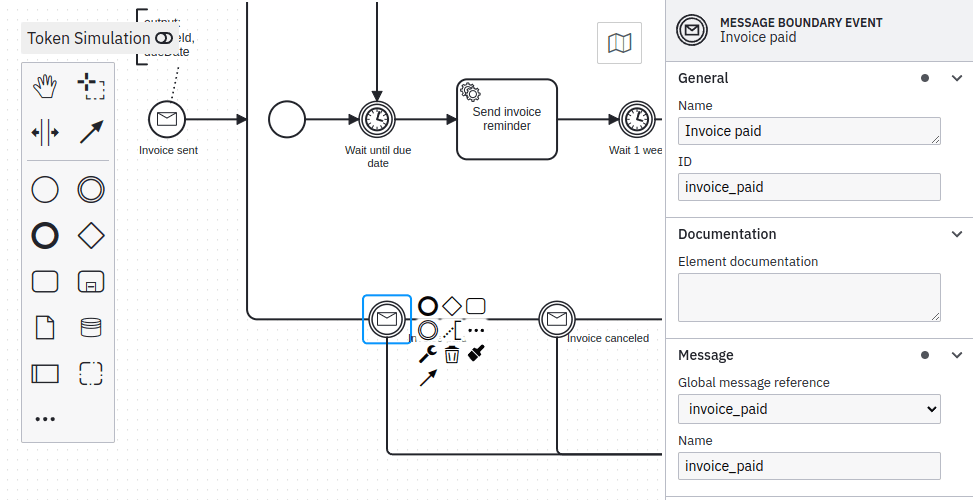BPMN Model Development Based on Customer Requirements

Our methodical approach to Business Process Model and Notation (BPMN) modeling is dedicated to translating intricate customer requirements into precise BPMN diagrams. This process is rooted in technical accuracy, ensuring an exact depiction of the client's business processes.
1. In-Depth Requirement Analysis:
We commence with a comprehensive analysis of the client's existing processes, focusing on operational steps, decision points, and participants. This phase includes identifying external events that trigger or influence the process, ensuring these are accurately incorporated into the model.
2. Identification of BPMN Elements and External Tasks:
Essential BPMN elements, such as tasks, sub-processes, events, and gateways, are identified. Special attention is given to external tasks that interact with the process, such as inputs from external systems or user interactions that influence process flow.
3. Defining Process Variables:
We delineate the required process variables that are essential for the workflow. These variables could include data inputs, status indicators, or decision criteria, critical for the accurate functioning of the process model.
4. Identifying Reusable Sub-Processes:
Our analysis includes identifying potential reusable sub-processes within the client's workflow. These sub-processes are modular components that can be utilized across various parts of the process or in different workflows, optimizing the overall process architecture.
5. Initial BPMN Diagram Drafting:
With BPMN 2.0 standards, we draft the initial BPMN diagram, integrating identified tasks, subprocesses, events, variables, and external interactions. This step is focused on ensuring a logically structured and coherent representation of the entire workflow.
6. Highlighting Parallel and Sequential Process Parts:
The diagram distinctly marks parallel and sequential parts of the process. This distinction is crucial for understanding the workflow's dynamics, particularly in managing concurrent tasks and defining process dependencies.
7. Iterative Model Refinement:
We present the preliminary model to the client and iteratively refine it based on their feedback. This includes adjusting task sequences, refining gateway conditions, and ensuring external events and tasks are correctly represented.
8. Documentation and Knowledge Transfer:
Detailed documentation of the BPMN model is prepared, covering all aspects of the process, including external events, process variables, and reusable components. This serves as an essential guide for the client for future reference and process scalability.